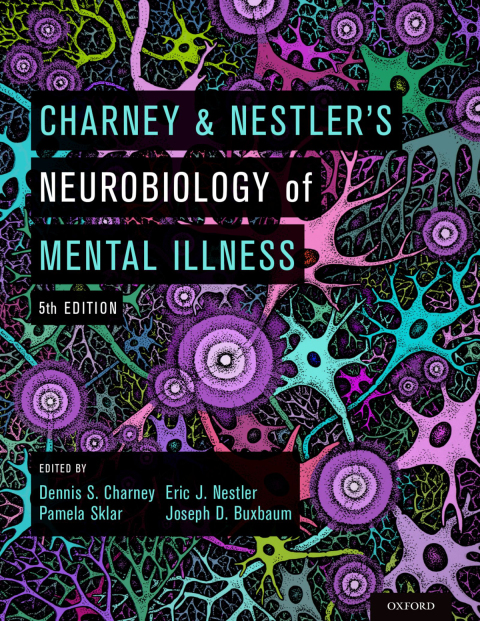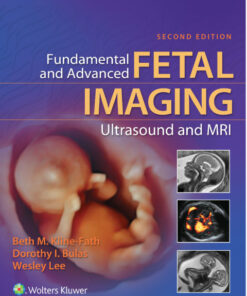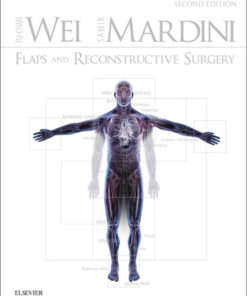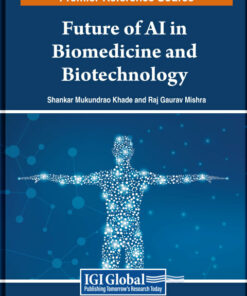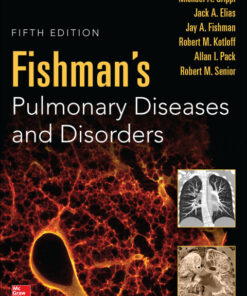Charney & Nestler’s Neurobiology of Mental Illness 5th Edition Ebook (tebook.shop)
$25.00
Dennis S. MD Charney; PhD Nestler; Eric J. MD; PhD Sklar; Pamela MD
Charney & Nestler’s Neurobiology of Mental IllnessIn the years following publication of the DSM-5′, the field of psychiatry has seen vigorous debate between the DSM’s more traditional, diagnosis-oriented approach and the NIMH’s more biological, dimension-based RDoC (research domain criteria) approach. Charney & Nestler’s Neurobiology of Mental Illness is an authoritative foundation for translating information from the laboratory to clinical treatment, and its fifth edition extends beyond this reference function to acknowledge and examine the controversies, different camps, and thoughts on the future of psychiatric diagnosis.
In this wider context, this book provides information from numerous levels of analysis, including molecular biology and genetics, cellular physiology, neuroanatomy, neuropharmacology, epidemiology, and behavior. Sections and chapters are edited and authored by experts at the top of their fields. No other book distills the basic science and underpinnings of mental disorders-and highlights practical clinical significance-to the scope and breadth of this classic text.
In this edition, Section 1, which reviews the methods used to examine the biological basis of mental illness in animal and cell models and in humans, has been expanded to reflect critically important technical advances in complex genetics (including powerful sequencing technologies and related bioinformatics), epigenetics, stem cell biology, optogenetics, neural circuit functioning, cognitive neuroscience, and brain imaging. This range of established and emerging methodologies offer groundbreaking advances in our ability to study the brain as well as unique opportunities for the translation of preclinical and clinical research into badly needed breakthroughs in our therapeutic toolkit.
Sections 2 through 7 cover the neurobiology and genetics of major psychiatric disorders: psychoses (including bipolar disorder), mood disorders, anxiety disorders, substance use disorders, dementias, and disorders of childhood onset. Also covered within these sections is a summary of current therapeutic approaches for these illnesses as well as the ways in which research advances are now guiding the search for new treatments. Each of these parts has been augmented in several different areas as a reflection of research progress.
The last section, Section 8, reconfigured in this new edition, now focuses on diagnostic schemes for mental illness. This includes an overview of the unique challenges that remain in diagnosing these disorders given our still limited knowledge of disease etiology and pathophysiology. The section then provides reviews of DSM-5′, which forms the basis of psychiatric diagnosis in the United States for all clinical work, and of RDoC, which provides an alternative perspective on diagnosis in heavy use in the research community. Also included are chapters on future efforts toward precision and computational psychiatry, which promise to someday align diagnosis with underlying biological abnormalities. ISBN: 9780190681425, 019068142X

